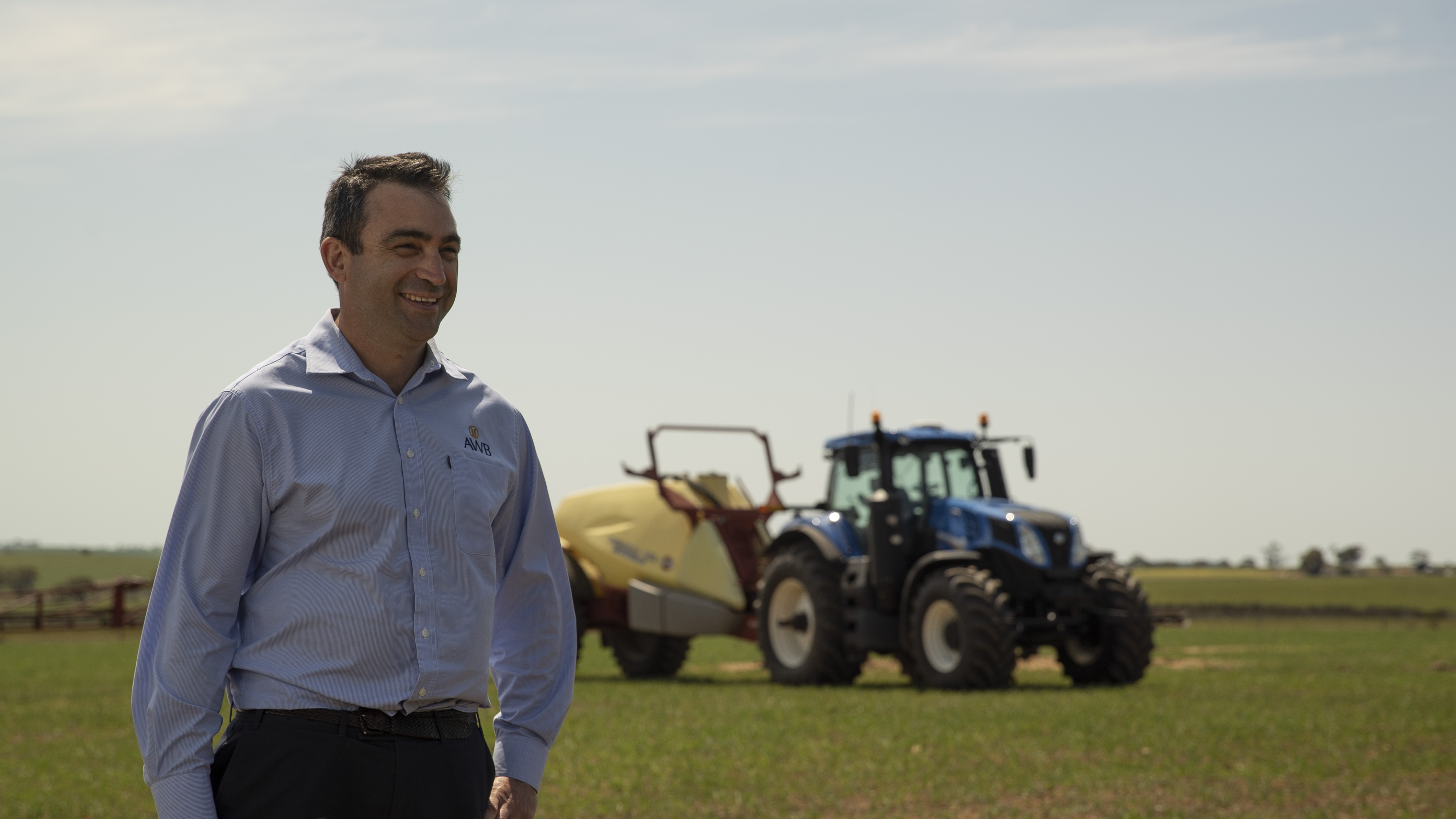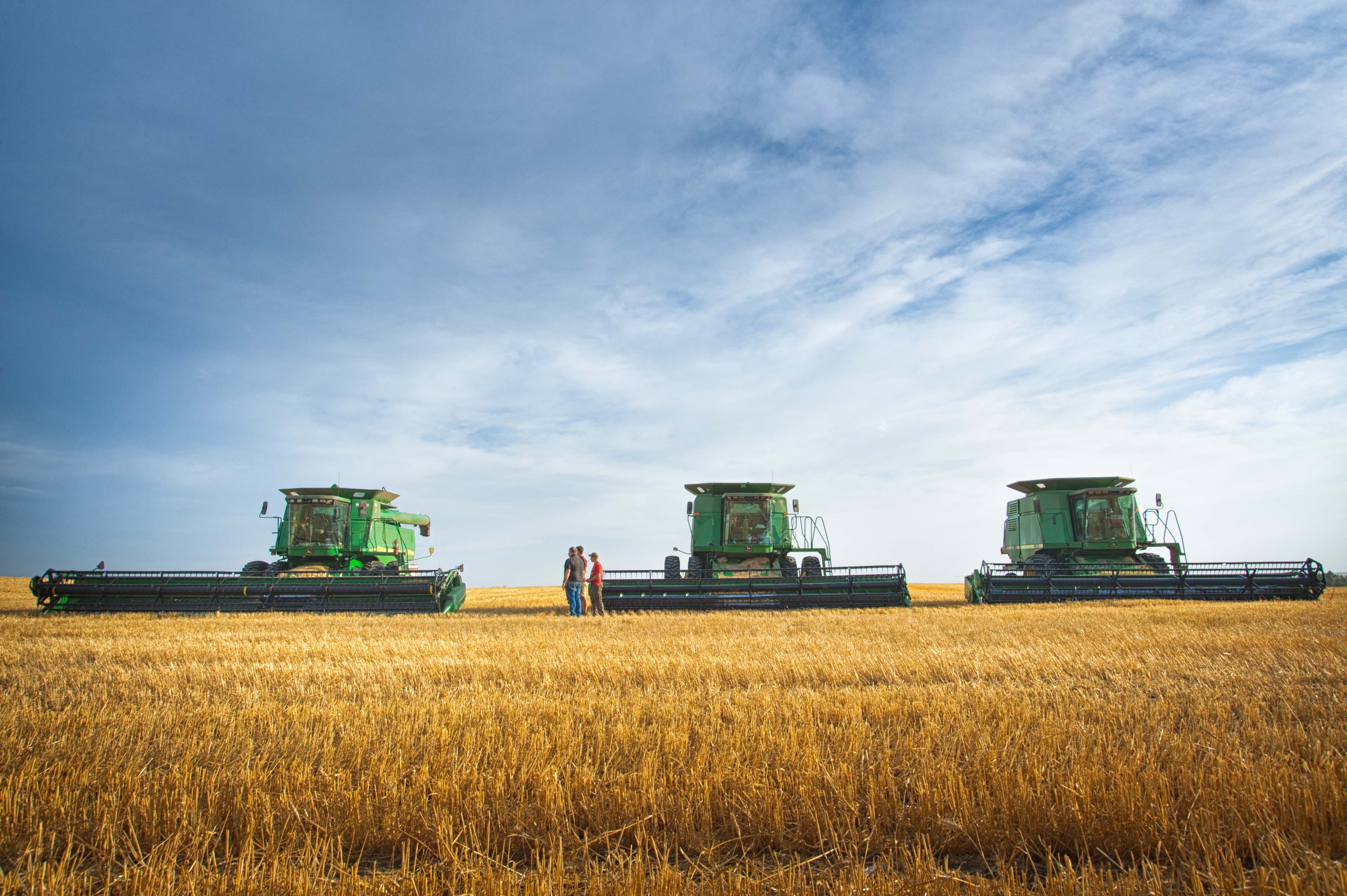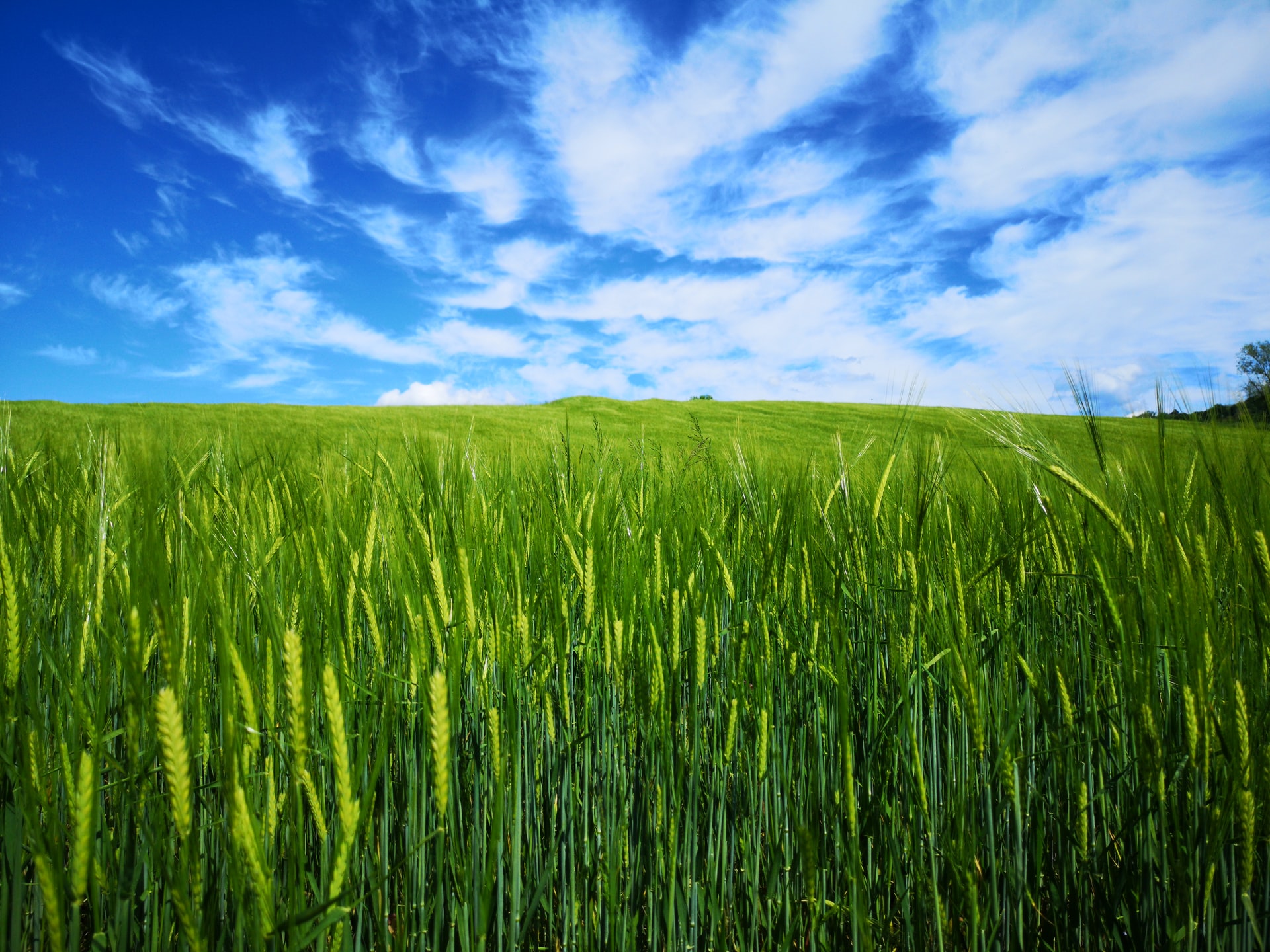Harvest progresses at record pace
By James Urquhart
22nd November, 2023
The Aussie winter crop harvest is about halfway toward completion, with plenty of grain still on the stalk in the southern parts of Western Australia, South Australia and New South Wales as well as the bulk of Victoria. With an earlier-than-usual start and relatively unchecked by weather, harvest has progressed at record pace with common reports of growers finishing the 23/24 harvest before last year’s start date.
With the northern growing regions having wrapped up a disappointing winter crop, growers in those regions are eying off recent and forecasted rains with a smile, as it builds confidence in the upcoming summer cropping program. For those with more yet to harvest, the current weather pattern is somewhat worrying with the eight-day forecast for the east coast lit up with varying shades of greens and blues. Only time will tell whether the severity and the duration of this rain event impacts quality, or whether it simply provides an opportunity for growers to catch their breath.
Crop concerns in South America and parts of Europe have provided some bullish inputs for markets, however despite these issues and the projected cuts to production, global wheat supply estimates would appear to satisfy demand. Furthermore, it seems that as long as there is a functioning Black Sea export solution, futures markets are determined to continue their grind lower. Pleasingly however, local wheat markets have remained resilient to this point, despite strong engagement from the grower and a strengthening Aussie Dollar. Ongoing export enquiry and a challenging quality profile for domestic processors are providing a layer of support.
Feed barley markets are also holding firm and despite the relative abundance of malting quality barley being harvested, continues to offer decent premiums to malt grades. The ongoing strength of the market can be attributed the strong domestic feed demand as well as export demand, reinforced by the return of China to the Australian market.
The canola market continues its sideways movement as burdensome stocks both locally and in Europe weigh heavily on markets. However, in both major exchanges funds are short and any spark from production concerns in the Brazilian soybean crop could offer some upside. The Aussie grower has been somewhat disengaged from the market, appearing content to kick the can down the road for a while with alternative commodities for sale at more palatable pricing levels to generate cashflow.
At a local level, the next four weeks will be important for providing market guidance. Grower selling behaviour will undoubtedly bear influence and it is this second half of the harvest where we see some of this season’s larger production areas really get cranked up. More immediately, it is the weather that will be nervously watched for quality impacts. Any deviation from the current quality profile could see heightened demand for certain grades. I think most would agree a harvest largely complete by Christmas and without grain quality issues would be a welcome change from recent years.
WA Market Wrap

The Western Australian harvest looks like being a quick one with a lot of light crops this year. Receivals in the Geraldton zone started in mid-September and a number of growers have already finished. Production expectations were not high given the lack of summer and growing season rain in most parts of the region......
Read MoreHarvest moves South

Queensland and Northern NSW have parked the headers and are done and dusted, while Central NSW is about 50% done. Southern NSW is seeing more headers in canola and barley paddocks, and we should start to see some activity in wheat paddocks sooner rather than later......
Read MoreHarvest well ahead of previous years

As we move further into November, harvest progresses at an incredibly rapid pace. Traditionally harvest would be 10% completed in the northern part of the Port Kembla zone by the end of the first week of November......
Read MoreAn update on harvest

Harvest is rounding the home straight in Queensland and Northern New South Wales nearing 50-60%. Quality to date has been reflective of the seasonal conditions, with the lack of moisture contributing to grades milling around the centre of the quality chart, with ASW1/AUH2/APW1 the main grades being presented at bulk handling sites......
Read MoreDry weather hits sorghum production.

The weather in recent weeks has generally been favourable to most grain producing regions. Areas in the north have seen clear weather allowing harvest to progress at perhaps a pace faster than many would like.....
Read MoreHarvest activity increase sees prices decrease

Harvest has now kicked off in most of the country’s northern cropping regions and as header activity rapidly moves south it won’t be long before we’re well and truly underway across all zones. Queensland growers are now stripping wheat as canola is making its way into receival sites as far south as the NSW Sturt Highway....
Read MoreRain makes grain

Its fair to say that a rain in spring is worth its weight in gold and last week we saw this come to fruition with reports of 15mm to 100mm+ recorded. In some regions, the rain came too late to add yield, however this one event will certainly lead to small grain size and pinched grain being a lot less common occurrence than it might have been, as crops were beginning to run out of moisture.....
Read MoreGlobal Wheat Production Estimates Lowered With Drier Outlook

Looks like September was one for the record books with what might have been the warmest and driest since records began, not to mention Collingwood tying with Essendon and Carlton with 16 grand final wins on the last day of the month....
Read MoreHow Time flies

It seems like only yesterday that we were celebrating a Geelong premiership, but 12 months has flown by and its Grand Final week again. It also feels like we only just put last year’s harvest to bed, but in the blink of an eye we are back at it again....
Read MoreSupply estimates are out, but what's in doubt?

Last week saw the release of the September USDA WASDE report which published a decline in global wheat supplies, mainly from AUS, Argentina, Canada and the EU....
Read More